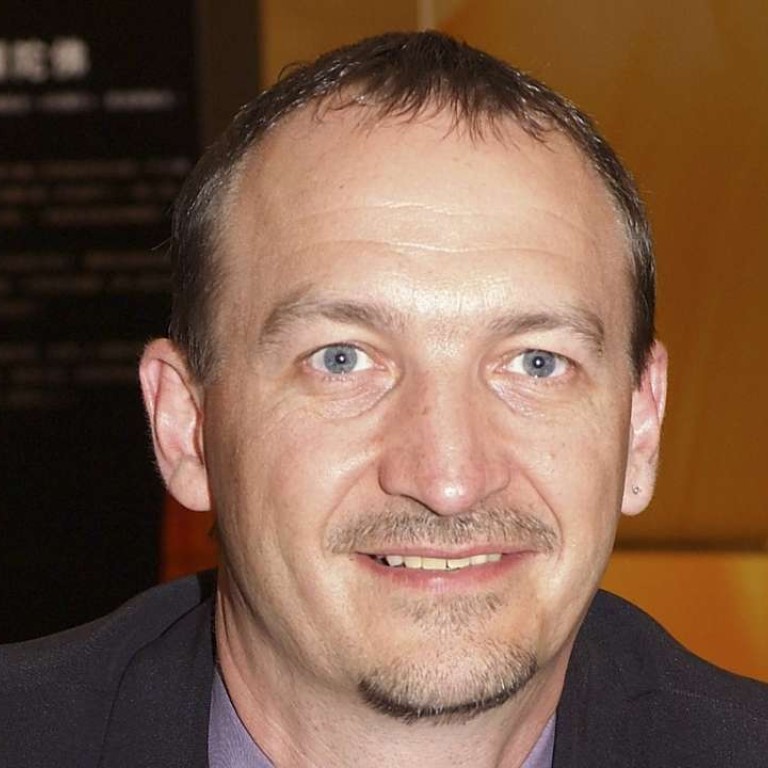
Meet the man keeping Lalique at the top of the glass
Jean-Claude Hertrich is a specialist in crystal art, having worked with French brand Lalique for over 36 years. He was awarded the Meilleurs Ouvriers de France, the highest honour for French craftsmen, in 2000
How did you become a craftsman?
My father was a presseur [machine-press operator] at the Lalique crystal factory. Every night he would come home and talk about his job with such passion. I wasn’t allowed to visit him in the workshop but when I was seven I sneaked in and watched him at work. I immediately fell in love with the craft, especially glass blowing which fascinated me. By the time I turned 14 I started working in the workshops alongside him. I didn’t follow the traditional route which involves studying at a specific school, so my father taught me everything. Eventually I mastered the art.
What does your job entail?
I’m in charge of the crystal-making workshops, and I train the staff as well as manage them. We have three teams of people working on rotation, 24 hours a day. I go to the workshop early every morning and spend all day there. I can be there up to 10 hours a day. The craftsmen are my family so it’s hard not to be there. When I’m not at the workshop, I represent the brand around the world.
Why is crystal making such a special art form?
Everything is so technical and precise but at the same time it requires being creative. Many of the techniques we use today have been passed down generations. In fact Lalique has been producing crystal using the same methods since 1921.
When you look at a piece of finished crystal you don’t realise how many complicated processes it has to undergo. We melt our crystal, which is made up of lead, sand, potash and recycled crystal, in pots made from pure clay. Each pot can hold around 800 kilos of crystal. The crystal is heated up to 1,400 degrees until we are able to work with it.
The manufacturing process is made up of two stages – hot glass and cold glass processes. The former includes shaping the crystal using various techniques, from glass blowing to pressing. Once that is done, the crystal takes around two days to cool down before we can work with it in the cold workshop. Here we touch up and finish each piece – in fact, three quarters of the work is done during this time.
For example, one of our flacons [perfume bottles] will arrive weighing 400 grams. When it’s done it will be 300 grams. It’s all about the detail – so much so that a minimum of 12 workers will work on one piece during this stage. If there are any defects, we get rid of the item and start again.

What makes a good crystal maker?
It’s a balance of skill and artistic vision. You need both. We usually take on craftsmen who have up to 15 years of experience. Most of the time, I can tell on sight if someone is good. They have to be good with their hands, very passionate and also strong physically.
What is the most challenging piece you’ve worked on?
It’s still the Bacchantes, which is Lalique’s signature vase. It was designed by René Lalique in 1927 and embodies all our traditions in terms of style and skill. It features naked women dancing around the vase so it involves working with 3D volumes, which can be very complicated. I also specialise in big pieces, which weigh between 20 to 40 kilos each.
What is the best part of your job?
Passing on my knowledge to the people I work with. At Lalique it’s almost a tradition that the son follows the same path as his father. Many enter the workshop by the time they have reached their 20s. We also recruit craftsmen from two nearby schools where the students spend the summer with us doing internships. I love their energy and excitement. It makes my job worthwhile.

